Apple Silicon And What It Means For Intel
On June 22nd. 2020 Apple announced that it would be transitioning its Mac lineup from Intel’s CPUs to “Apple Silicon” which means that future Mac and MacBook computers from Apple will no longer have Intel CPUs inside them. Apple has planned that its entire computer product range will be powered by its own homegrown silicon dubbed “Apple Silicon”. This line of SoCs is supposed to be faster, more powerful, and more efficient than current Intel offerings.
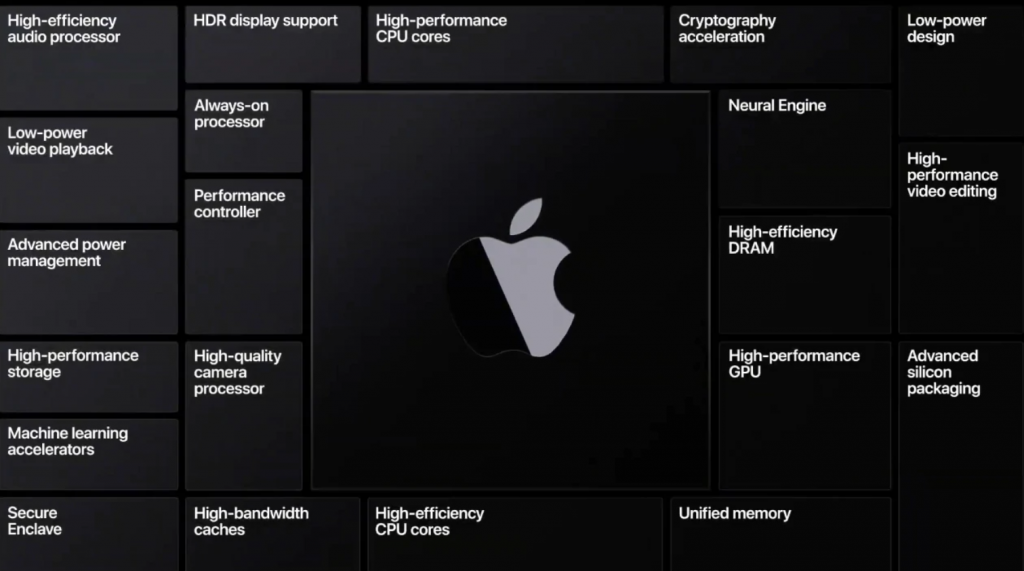
Apple has outlined a two-year plan for this transition. This would be a gradual move away from Intel CPUs that would give developers plenty of time to adjust and develop for the new Apple Silicon. This is a smart move by Apple since an abrupt change to their own SoCs would have created a load of problems for the developers and Apple themselves. The change has been received in a very positive light by the tech community in general, as Apple has taken the initiative to use their excellent manufacturing prowess in the desktop CPU space as well.
Intel has been the driving force behind the Macs and Macbooks from Apple for quite some time now. While they did manage to deliver a high level of performance for most of that duration, Intel has been less innovative in recent years due to its archaic 14nm manufacturing node. That has posed serious efficiency problems in the recent products from Apple, especially the Macbooks. Given the situation, Apple made a wise decision to transition away from Intel and develop its own highly efficient and powerful CPU solution.
What is Apple Silicon
So what exactly is Apple Silicon? Well, quite simply, it is the name given to the upcoming lineup of custom CPUs that will be designed and manufactured by Apple itself. Apple has been manufacturing its own SoCs for quite some time now, delivering industry-leading performance and efficiency through its A-series of mobile processors. The current flagship mobile CPU, Apple’s A14 Bionic, is the world’s fastest CPU on the mobile platform. It also delivers exceptional efficiency and a diverse feature set. All this indicates that the upcoming desktop CPUs from Apple based on its own manufacturing process would be a resounding success. Apple is hoping for an improvement in efficiency mainly, as the recent laptop and desktop offerings from Intel have been pretty lackluster in this regard.
Current Situation
Apple’s immediate plan after this announcement is to make this transition as smooth and hassle-free as possible both for the developers and the end-users. Keeping this in mind, Apple has chosen the option to keep the Macs based on Intel CPUs still in the market, while also introducing new Macs based on Apple Silicon. This co-existence will prove to be a driving force behind the seamless transition that Apple has planned. By the end of this year, we can expect Macs based on Apple Silicon to hit the market, while the Intel-based Macs will also share the market space for the time being. The full transition will take approximately two years if everything goes according to plan. Apple is expected to release the first Macs based on Apple Silicon in November of this year.
Development of Apps
Apple has taken appropriate steps in the process of porting over its existing applications to the new ecosystem powered by the new silicon. With macOS Big Sur, Apple has given developers XCode 12, which has built-in tools like native compilers, editors, and debugging tools. Apple claims that using this suite, most developers will be able to port their applications over to Apple Silicon-based Macs in a matter of days. Apple has also launched Universal 2 application binaries which will allow developers to create a single app that will be compatible with both the newer Apple Silicon-based Macs as well as the older Intel-based Macs. With the transitional technology of Rosetta 2, users will be able to use the existing apps which have not been updated. These programs will allow the transition from Intel to Apple’s own CPUs as seamless as possible.
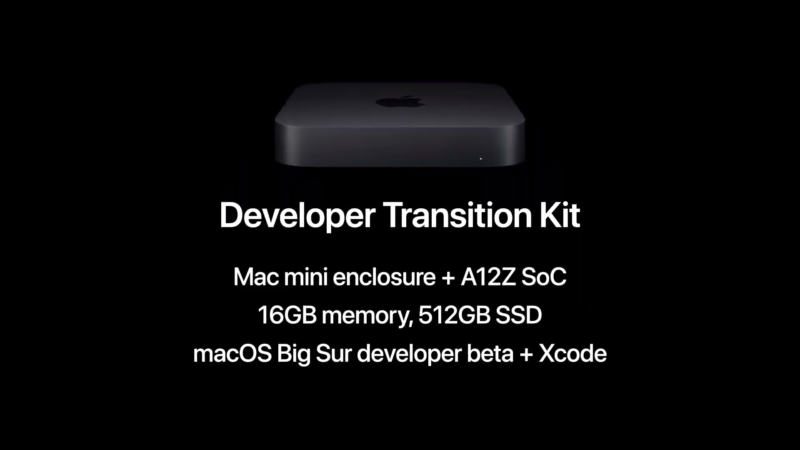
Why did Apple switch?
One may be wondering why Apple felt the need to jump ships from Intel to its own silicon? Intel is a huge name in the semiconductor manufacturing industry and is the leading market share holder in desktop CPUs. So why was Intel not enough for Apple? Well, there are several reasons for this move, some of which are outlined here.
Archaic 14nm process
One of Intel’s biggest problems in recent years has been their now several years old 14nm manufacturing node. This manufacturing process has hindered their advancements in terms of core counts and clock speeds and has limited its innovation in the CPU department. Apple has been using Intel’s CPUs in its desktop and laptop products for quite a while now. Intel has been finding it really difficult to deliver any significant performance gains over the last few generations, as they’ve hit the limits of what can be achieved on that process node.
Efficiency and Performance
More problematic than the lack of performance improvement is the thermal problem with recent Intel mobile CPUs. The current Intel CPUs that have been used inside the new MacBooks are very thermally constrained. Due to their weak efficiency and old architecture, these laptop CPUs run at the brink of thermal limits all the time. This makes it very hard to achieve acceptable performance in sustained workloads on these laptops. Apple’s own CPUs will be much more efficient, so this problem should be alleviated.
Apple will also most probably use a much newer architecture on a much smaller node. If their current mobile processors are anything to go by, we can at least expect the new Apple CPUs to be based on the 7nm process, possibly even 5nm if Apple considers it feasible. Using these advanced nodes will massively improve efficiency, unlocking a lot of performance and thermal headroom for both the laptop and desktop CPUs.
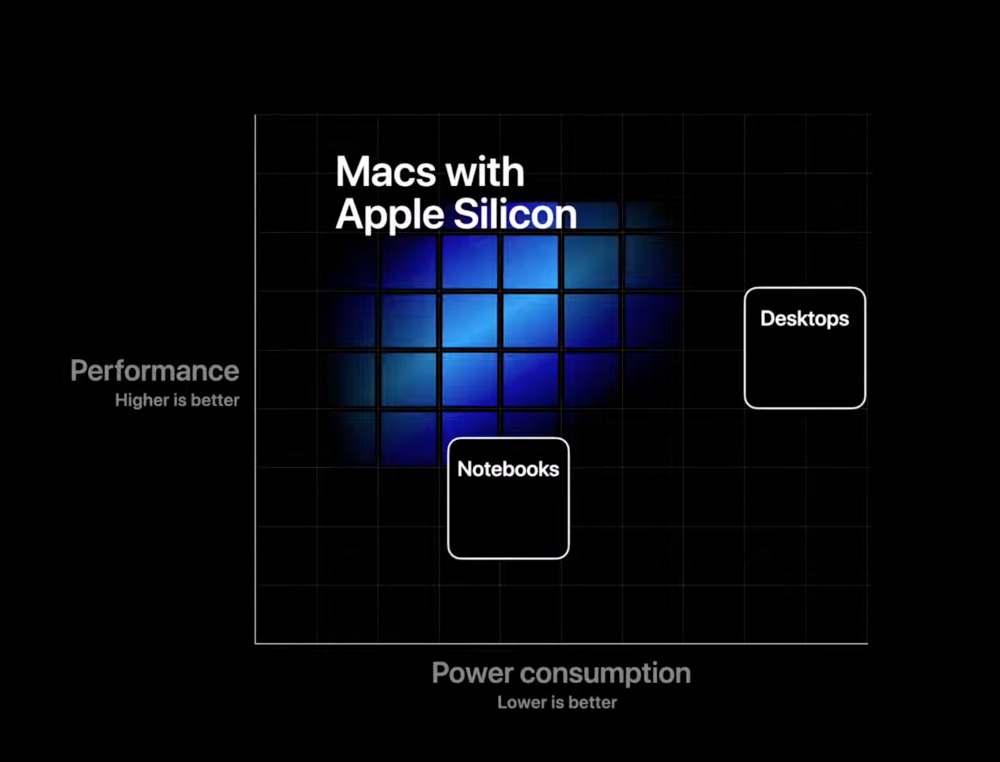
Control of Manufacturing and Optimization
It is understandable that Apple wants complete control over the entire process of manufacturing and production of its desktop and laptop products. This will enable them to optimize their macOS Operating System around the hardware that they design, thus providing great performance while maximizing efficiency. This method has already worked tremendously well for Apple in the iPhones, in which Apple controls both the iOS software as well as the SoC that powers the device. Fine-tuning these two components will allow Apple to provide the best experience to the end-user with little compromises.
What this means for Intel
Surely Apple’s move away from Intel’s processors is going to have a big impact on the blue giant right? Apple is a trillion-dollar company with a reputation to match. Indeed it would be a big blow to Intel when Apple completely removes any Intel CPUs from their lineup, and it may be manifested in several ways.
Hit to market share
Intel holds the majority of the market share when it comes to desktop CPUs. While AMD has been an extremely solid competitor in the last few years, this has still not removed the market share crown from Intel. However, with Apple’s move to its own silicon, we can expect a solid hit to Intel’s market share in both desktop and laptop segments. Apple has a huge share in desktop and laptop devices, and all of them are running Intel CPUs right now. When Apple decides to drop support for those devices, Intel’s market share will drop rapidly. Intel will need to come up with a solid strategy to compensate for some of those losses.
Ryzen’s dominance
Another source of pressure on Intel is the rising popularity of the Ryzen series from competitor AMD. As of November 5th, 2020, AMD’s Ryzen 9 5950X has officially dethroned Intel’s Core i9 10900K as the “Fastest Gaming Desktop CPU” in the world. This means that AMD is now the leader in both gaming and productivity workloads. This situation is especially hard for Intel as AMD is progressing rapidly thanks to their modern 7nm manufacturing process, while Intel is still stuck on 14nm. Increasing market demand for AMD’s Ryzen CPUs will add another significant hit to Intel’s wavering desktop CPU market share.
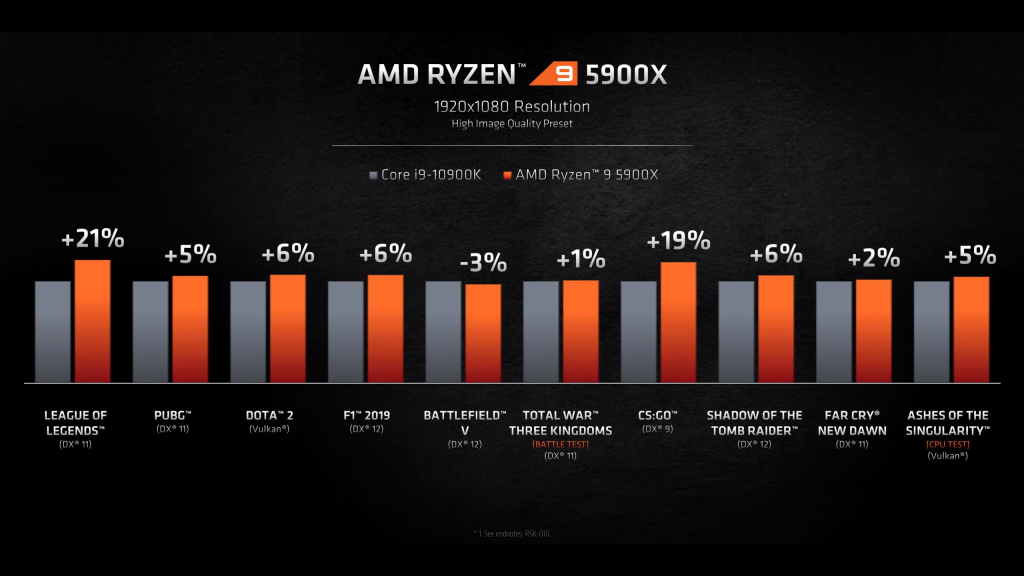
Crucial move to 10nm
The increased pressure from both Apple and AMD means that Intel simply cannot compete any more using the processors based on the same old node. This would mean that Intel would ramp up any efforts that they are already making in order to roll out their first batch of desktop CPUs based on the 10nm process. Intel already has laptop CPUs that are built on the 10nm node, but they have had troubles porting that to the desktop market. This is the reason that despite having 10nm effective in laptops, the upcoming Rocket Lake lineup of desktop CPUs will still be based on the old 14nm architecture. Apple’s move away from Intel should ring alarm bells at the offices of the blue team.
Huge market segment lost
Apple is a company unrivaled in size and stature. For Apple to take a gigantic step like this, it needs to have solid reasoning behind it. Apple’s move away from Intel would take away a massive chunk of its market share as well as its reputation. Intel’s CPUs were being used in small MacBook Air laptops all the way up to the extremely powerful Mac Pro computers. Shifting all those products to Apple Silicon would leave Intel in a very difficult situation.
How Intel should respond
All is definitely not lost for the blue team. Intel itself is a massive company with years and years of experience in their field. They have an abundance of skilled engineers who know how to tackle the challenges of modern computing needs. They can definitely bounce back from this setback, but they need to set their priorities straight and do a couple of crucial things in a timely fashion.
Focus on Desktop and Server segments
Intel’s main stronghold is still its gaming and workstation CPU line. Intel needs to focus on its tight competition with AMD and work to get back its gaming performance crown from team red. In addition to that, Intel should bring innovative ideas to their server lineup which is also receiving fierce competition from AMD’s EPYC and Threadripper lineup of CPUs. The Intel HEDT platform is now more or less dead, so it would be in Intel’s best interest to remove that platform from its product stack as those products take unnecessary R&D resources while providing little in return. Boosting the performance and efficiency of their mainstream and server-grade processors should be Intel’s first priority going forward.
Node change
Probably the most crucial change that Intel needs to bring as soon as possible is to its manufacturing process. The archaic 14nm node simply can not deliver efficient and high performing CPUs which can compete with the top end of AMD’s Ryzen lineup, which is based on TSMC’s 7nm process. Intel’s Rocket Lake lineup of CPUs claims an alleged 20% IPC increment over last-gen, which may help them in the short run, but will not deliver any significant improvement over AMD’s offerings in the long run.
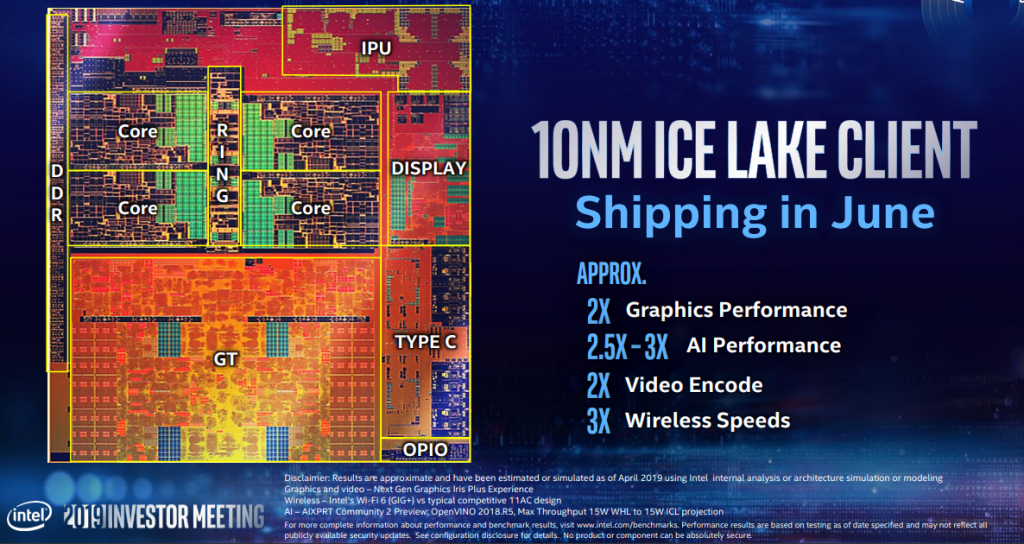
Intel’s 10nm manufacturing process has had some well-documented problems. Intel has scrapped plans of moving to 10nm several times now. However, things may be changing for the better for Intel as they have successfully managed to roll out the first laptop CPU lineup based on the 10nm architecture, codenamed “Ice Lake”. If Intel can manage to perfect this process for desktop CPUs, we may be looking at the first big generational jump from Intel’s CPUs in several years. Who knows… Apple might end up regretting their decision to move away from Intel for their own products.
Conclusion
Apple has announced that it will be moving its entire desktop and laptop Mac lineup away from Intel’s CPUs to its own silicon, which Apple has dubbed “Apple Silicon”. This new line of CPUs from Apple is expected to be much faster and more efficient than any of the current offerings from Intel. Apple has also provided some innovative tools to make app development easier for developers and to make this transition as seamless as possible. The entire transition is supposed to be completed in two years.
Intel will be left in a bit of a complicated situation at the end of that time period. Not only will it lose a major chunk of the market share, but it will also be facing fierce competition from rival AMD in the desktop space. Intel needs to get its priorities straight and focus on the desktop and server markets in order to produce the best products that it possibly can. This means that a move away from their ancient 14nm manufacturing process to their new 10nm process is becoming more and more crucial as the months pass by.





